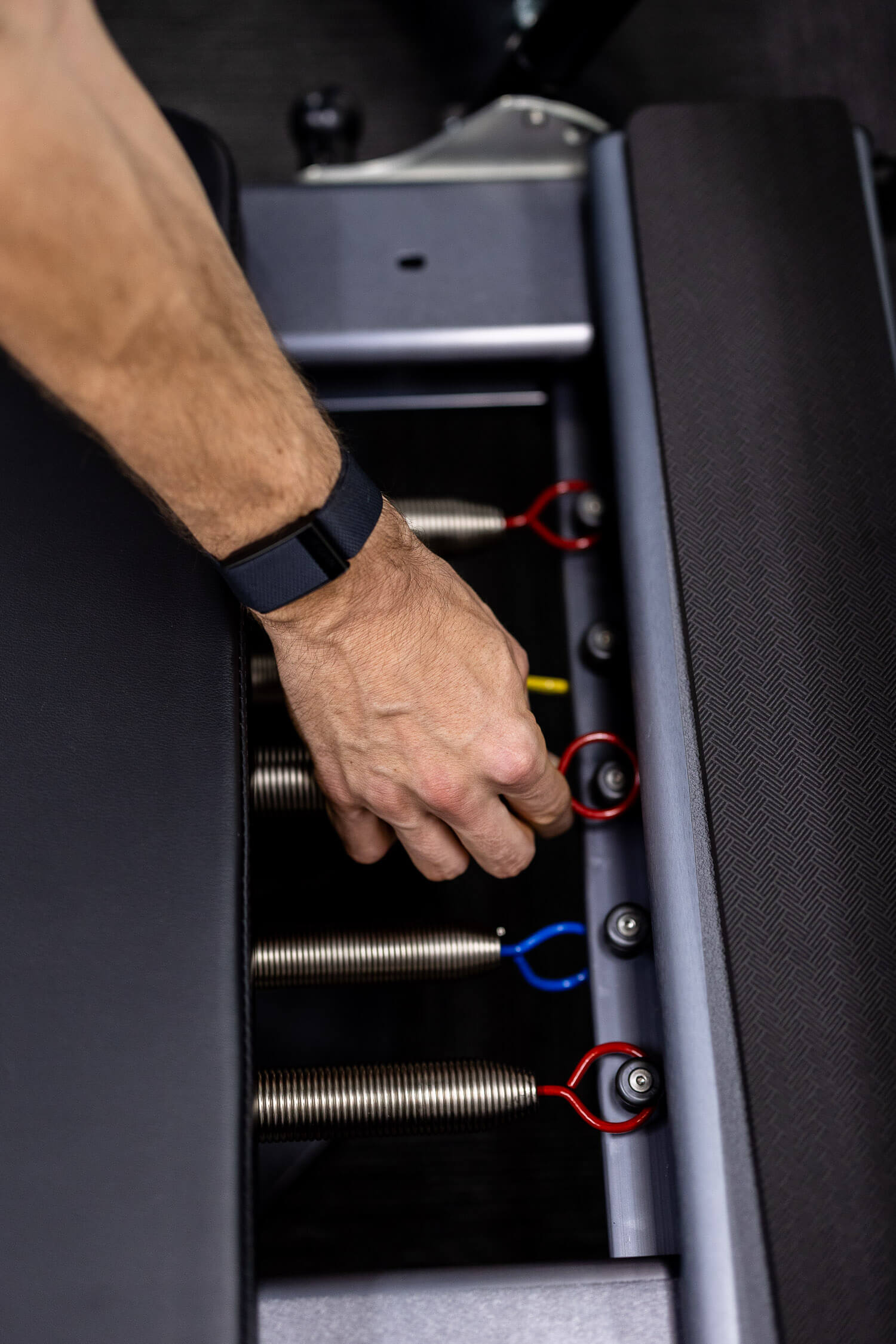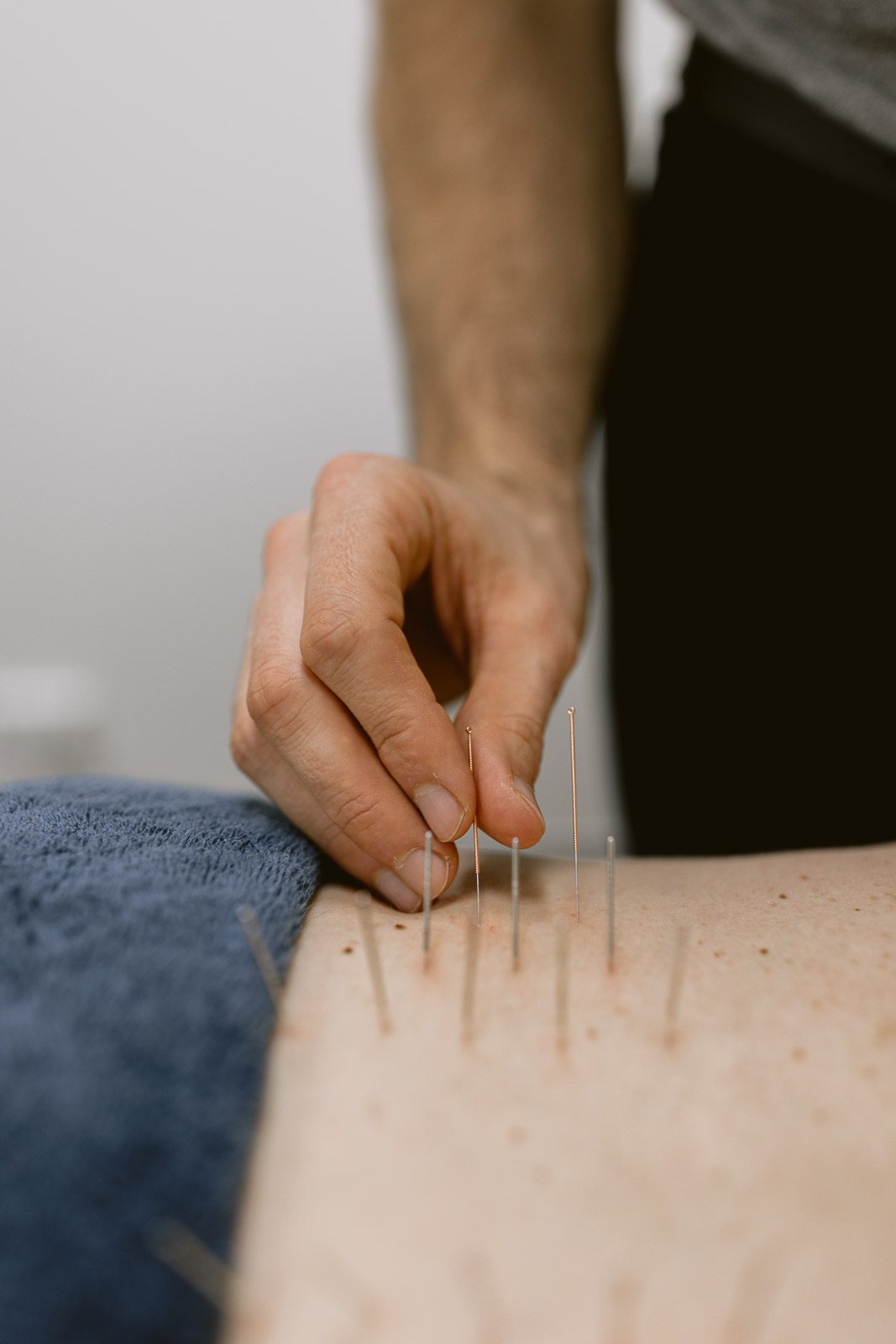TENSION-TYPE HEADACHES Tension type headaches are the most common type of primary headache. Most individuals will experience a tension headache from time to time throughout their life. Some of the characteristics of tension headaches include:
- Pressing or tightening pain
- Located at the forehead and/or back of scalp
- Both sides of the head
- Mild-moderate intensity
- Not aggravated by physical activity
- Can last between 30 minutes – 7 days
- No nausea or vomiting
- Sensitivity to light and sound
- Often present when waking up or shortly after
- Associated muscle stiffness in the scalp, neck and shoulders
 MIGRAINE HEADACHES
Migraines are thought to be a type of neurovascular headache. It is a complex, recurrent headache disorder that is one of the most common complaints in medicine. Although a benign type of headache it has the capacity to cause severe and debilitating pain that can last for days.
Typical characteristics of migraine include:
MIGRAINE HEADACHES
Migraines are thought to be a type of neurovascular headache. It is a complex, recurrent headache disorder that is one of the most common complaints in medicine. Although a benign type of headache it has the capacity to cause severe and debilitating pain that can last for days.
Typical characteristics of migraine include:
- Throbbing and pulsating pain
- Moderate to severe pain
- Intensifies with physical activity and exertion
- Pain is usually one sided around the forehead and eye regions, although it can be felt elsewhere in the head
- Pain builds over a period of 1-2 hours and can last anywhere between 4-72 hours
- Common associated symptoms – nausea (80%), vomiting (50%), food intolerance, light-headedness
- Sensitivity to light and sound
- Hormonal changes (menstruation, pregnancy, ovulation)
- Stress
- Excessive or insufficient sleep
- Medications
- Smoking
- Light exposure
- Strong odours
- Head trauma
- Motion sickness
- Lack of exercise
- Fasting or skipping meals
- Red wine
- Certain foods and food additives
 CERVICOGENIC HEADACHES
Cervicogenic headache is a term used to describe a headache originating from the upper cervical joints (C1-C4). Multiple structures in this area can be responsible for referring pain into the head. These structures may be the joints, muscle, ligaments and intervertebral discs at these levels.
Cervicogenic headaches typically present as one-sided pain at the base of the skull and/or a referred pain to the front/side of head and face. Pain is often exacerbated by neck movement, sustained awkward head position or external pressure over these areas.
Some causes of cervicogenic headaches are:
CERVICOGENIC HEADACHES
Cervicogenic headache is a term used to describe a headache originating from the upper cervical joints (C1-C4). Multiple structures in this area can be responsible for referring pain into the head. These structures may be the joints, muscle, ligaments and intervertebral discs at these levels.
Cervicogenic headaches typically present as one-sided pain at the base of the skull and/or a referred pain to the front/side of head and face. Pain is often exacerbated by neck movement, sustained awkward head position or external pressure over these areas.
Some causes of cervicogenic headaches are:
- Trauma/whiplash
- Degenerative joint disease
- Postural strain
- Mechanical strain – joint stiffness, muscle tension
- Cervical, thoracic and temporomandibular joint (jaw) manipulation
- Cervical, thoracic and temporomandibular joint (jaw) mobilisations
- Muscle release techniques and massage
- Dry needling
- Trigger point release
- Cervical and thoracic stability/mobility exercise training
- Postural training and changes
- Ergonomic advice
- Supplementation
- Identification and avoidance of triggers



